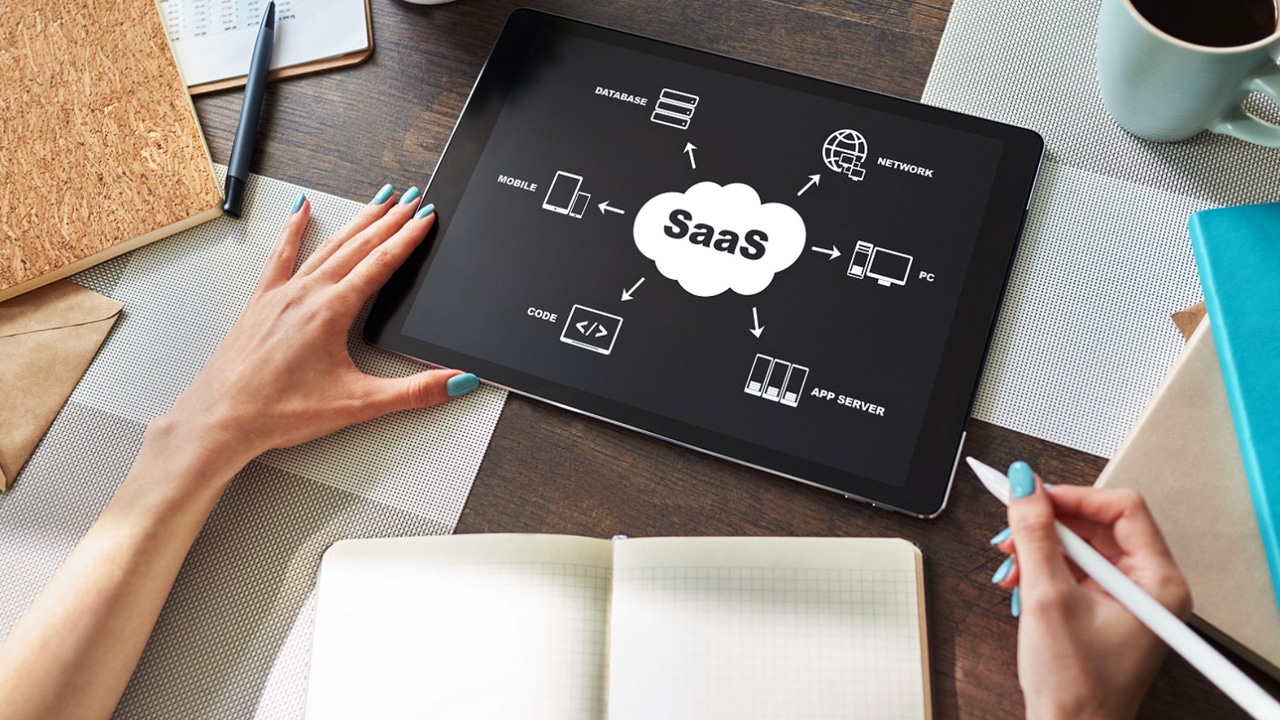Why SaaS Backup Matters: Protecting Data Beyond Vendor GuaranteesWhy SaaS Backup Matters: Protecting Data Beyond Vendor Guarantees
As businesses rely more on SaaS applications, internal backup strategies are essential for safeguarding data against accidental deletion, ransomware, and vendor issues.

Do you need to back up software-as-a-service applications? Traditionally, the answer has been no. After all, part of the beauty of SaaS apps from the perspective of IT operations teams is that the SaaS vendor is responsible for most aspects of application management and maintenance.
But that doesn't mean that IT departments shouldn't worry about SaaS backup. Even if vendors promise to back up SaaS data for their customers, there are plenty of reasons for IT engineers to make their own backups, too.
Keep reading for details as we explain what SaaS backup means, why it's important, and how to implement it.
What Is SaaS Backup?
SaaS backup is the practice of backing up data stored in the SaaS applications that a company uses.
For example, if your business uses a cloud-based solution like Microsoft 365 or Google Workspace to provide productivity software to employees, your SaaS backup strategy would involve backing up data stored in these platforms.
Why Does SaaS Backup Matter?
Most IT departments have long recognized the importance of backup and recovery for applications and data that they host themselves. When no one else is managing your workloads and backing them up, having a recovery plan to restore them if necessary is essential for minimizing the risk that a failure could disrupt business operations.
But when it comes to SaaS, IT operations teams sometimes think in different terms. That's because SaaS applications are hosted and managed by external vendors, not the IT departments of the businesses that use SaaS apps. In many cases, SaaS vendors provide uptime or availability guarantees. They don't typically offer details about exactly how they back up applications and data or how they'll recover data in the event of a failure, but a backup guarantee is typically implicit in SaaS products.
Yet, even if your SaaS vendor promises to back up your data and you place a high degree of trust in the vendor, there are a number of good reasons for you to back up the data yourself, too. SaaS backup protects against risks like the following:
Accidental data deletion: In most cases, SaaS vendors won't recover data that their customers accidentally delete or modify. But IT departments can restore that data from their own backups.
Ransomware attacks: SaaS vendors may also not be willing to help you if your data is deleted or encrypted by ransomware attackers who compromise your SaaS accounts. In this case, too, you'd need to be able to recover from your own backups.
SaaS vendor failure: Just because SaaS vendors promise to back up your data doesn't always mean they will. Creating your own SaaS backups provides a second layer of defense against the risk of data loss.
Slow SaaS vendor recovery: Even if the SaaS vendor does back up your data, there is a risk that restoring it could take a long time. If you have your own backups, you don't have to wait on the vendor to get back up and running.
Who Needs SaaS Backup?
SaaS adoption has grown steadily in recent years. A 2023 estimate found that 70% of all applications were SaaS apps. By that measure, most organizations should consider SaaS backup because most of them use SaaS.
That said, some SaaS apps are more critical to the business than others, and not all necessarily need to be backed up. In general, backing up SaaS is most important in the case of SaaS apps that store critical information that doesn't exist elsewhere. This means that customer relationship management (CRM) platforms, business productivity suites, and sales systems are often critical to back up.
On the other hand, it's probably less important to back up a SaaS application that you use to share order information with a supplier, for example. Likewise, backing up a SaaS videoconferencing app is not likely to be critical because these apps typically don't store essential business data (an exception would be cases where a business is required to retain recordings of meetings and the recordings are stored in the SaaS vendor's platform).
How to Back Up SaaS
Because each SaaS app works differently and is hosted on different infrastructure, there is no one-size-fits-all approach to backing up SaaS apps. Instead, IT teams typically need to implement a flexible SaaS backup strategy that addresses all of the SaaS apps they need to support.
In general, the steps for implementing SaaS backup include:
Decide what you need to back up: This includes not only choosing which SaaS apps to back up, but also which types of data within them to back up.
Deploy backup tools: Many commercial backup and recovery tools support popular SaaS platforms (like Microsoft 365 and Google Workspace), making them easy to back up using the same software you use for other types of backup (like cloud and on-prem). If you need to back up less common SaaS apps, however, you may need to check with the SaaS vendor to determine which backup options are available. If no backup tools exist, you may need to export data from the SaaS app into a different format, provided the vendor supports this option.
Make a SaaS recovery plan: Backing up data is only the initial step in SaaS backup. It's equally crucial to have a plan for enabling a smooth recovery in the event of a failure.
Update SaaS backups: The data in SaaS apps typically changes constantly, so you'll want to create new backups (and delete outdated backup data) on a regular basis.
Conclusion: Adding SaaS to Backup and Recovery Planning
Historically, SaaS apps haven't featured prominently, if at all, in backup and recovery strategies. But the growing reliance on SaaS apps — combined with the many risks that can befall SaaS application data even if the SaaS vendor provides its own backup or availability guarantees — makes it critical to integrate SaaS apps into backup and recovery plans. The risks of not backing up SaaS have simply become too great.
Read more about:
ITPro TodayAbout the Author
You May Also Like









